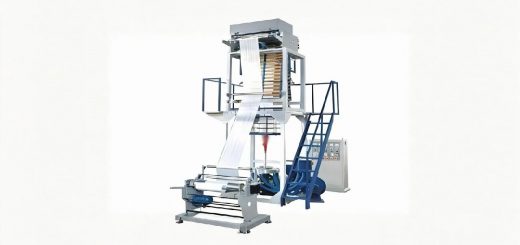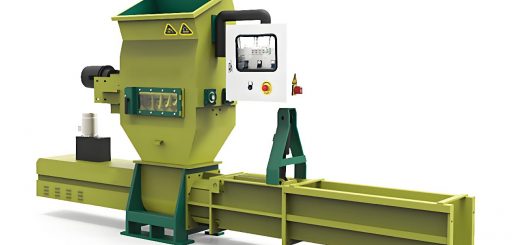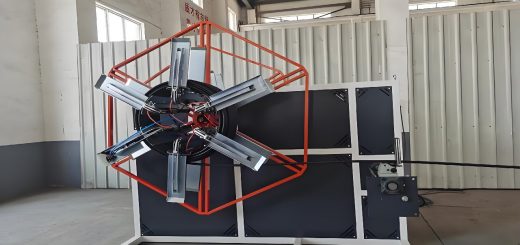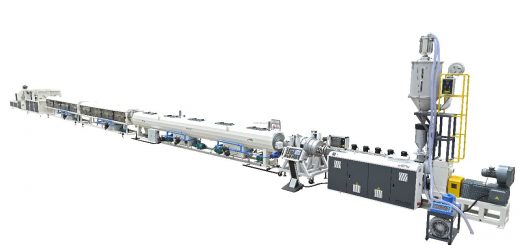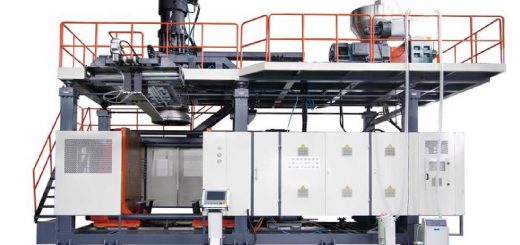Lawn Mowers & Tractors, Structure, Features, Classification
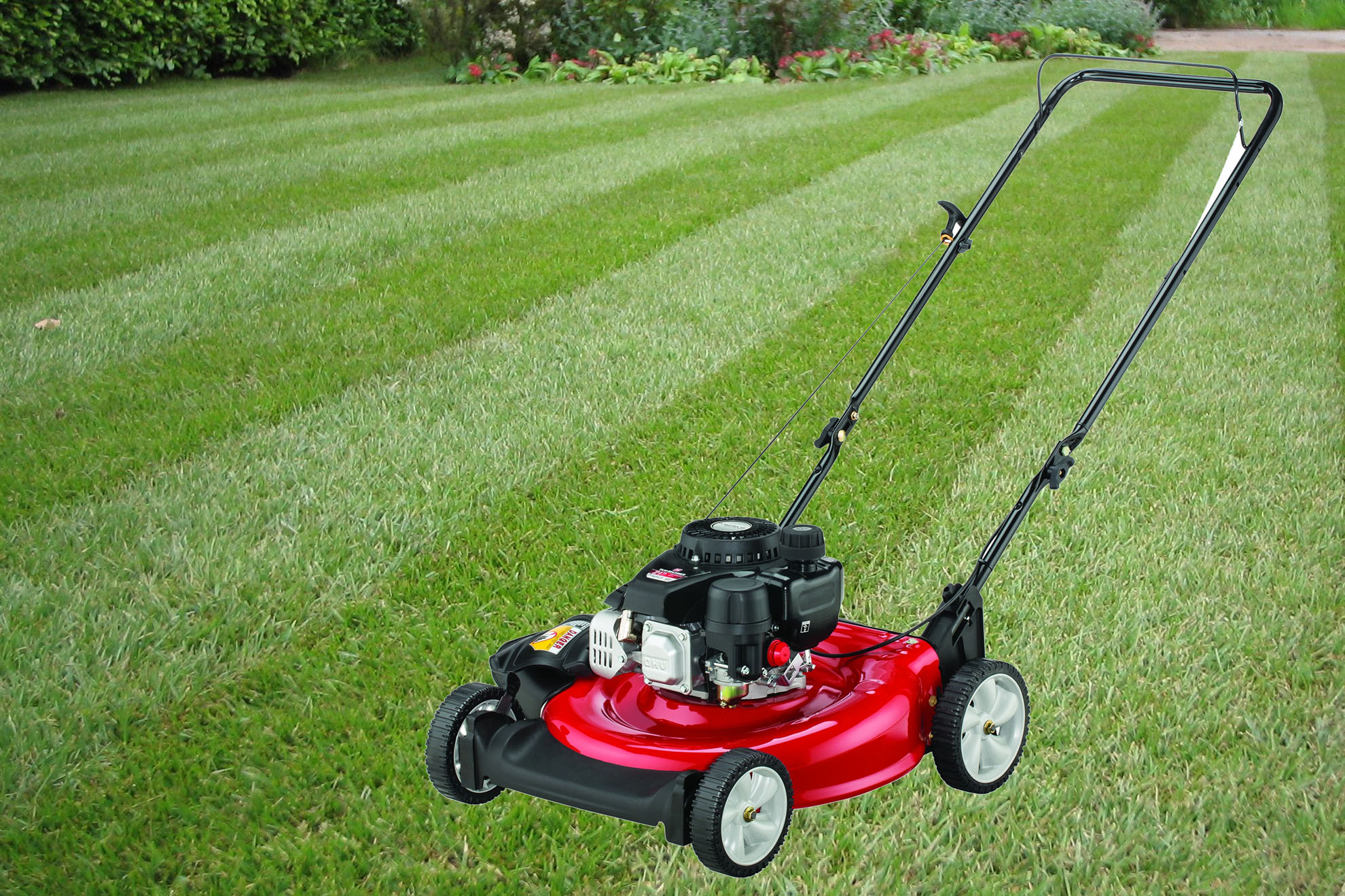
What’s Lawn Mowers & Lawn Mower Structure?
Lawn mower is also called weeder, lawn tractors, lawn trimmer, etc. A lawn mower is a mechanical tool used to trim lawns, vegetation, etc. It consists of a cutter disc, an engine, a running wheel, a running mechanism, a blade, an armrest, and a control part. It consists of a parallel four-bar lifting device, a frame, a left and right single-wing weeding device, a whole machine deviation adjustment device, a comb tooth rotating bevel gear speed-increasing transmission mechanism, and a comb tooth profiling depth adjustment device; the efficiency is 8 to 10 times higher than that of manual weeding, with a low seedling injury rate and a high seedling removal cleaning rate. The cutter disc is mounted on the running wheel, and an engine is mounted on the cutter disc. The blade is mounted on the output shaft of the engine. The blade uses the high-speed rotation of the engine to increase the speed a lot, saving the working time of weeding workers and reducing a lot of human resources.
Lawn mowers are mainly used for garden decoration pruning, lawn greening pruning, urban streets, green scenic spots, pastoral pruning, field weeding, especially lawns and grasslands in parks, football fields and other grass fields, private villa gardens, and agricultural and forestry livestock farms. They can also be used in autumn harvest.
However, lawn mowers have certain limitations when mowing grass on the edge of rural fields, on the edge of the field, and in the mountains. The main reasons are the uneven terrain, power supply mode, and the weight and portability of the lawn mower.
The commonly used lawn mower today is a gasoline lawn mower, also known as a gasoline saw. It has a wide range of uses, mainly used for lawn mowing and beautification in park lawns, green belts, factory lawns, golf courses, home gardens, lawns, orchards and other places.
Features
Its characteristics are flat working, simple operation, strong cutting performance for the objects to be cut, mainly grass, and suitable for high-yield grasslands and large parks. The lawn mower relies on the relative shearing movement of the moving knife and the fixed knife on the cutter to cut grass. Its characteristics are neat cutting and low power required, but poor adaptability to pasture and easy clogging. It is suitable for flat natural pastures and artificial pastures. Rotary lawn mowers began to be produced and used in the mid-1980s. It relies on the impact of the blade on the high-speed rotating cutter disc to cut pasture grass. With the improvement of technology, the working capacity of the newly improved lawn mower products has been greatly enhanced, and the speed has been greatly improved, saving the working time of weeding workers and saving a lot of human resources.
Classification
According to different classification standards, lawn mowers can be divided into the following categories:
- According to the movement: intelligent semi-automatic towing type, rear push type, riding type, tractor suspension type.
- According to the power: human and animal power drive, engine drive, electric drive, solar power drive.
- According to the mode: roller type, rotary knife type, side hanging type, swing knife type.
- According to the requirements: flat type, half waist type, top type.
Handheld rotary lawn mowers are generally equipped with knifeless cutting discs, using high-strength nylon ropes as forage cutting parts, flexible structure, not afraid of hitting rigid obstacles, safer to use, and easy to replace.
The working mode of the lawn mower is reciprocating and rotary. Its high mowing efficiency greatly saves time, and realizes the functions of green environmental protection and beautification of the environment. It is simple, convenient and efficient to operate, so it is widely used. The machine is small and suitable for small and medium-sized lawns. When using a lawn mower, the stubble height after mowing should be determined according to the requirements, which is very convenient to use.
When mowing, you can only mow across the slope, not with it. Modern mowers are much easier to operate.
Mounted lawn mower
Samples of Mounted Mowers In terms of form, there are two types of mounted mowers: one is mounted on the side and the other is carried on the back. In comparison, the side-mounted type is lighter, more durable, and more efficient.
Side-mounted lawn mower
Reasons for durability:
(1) In theory, using roughly the same engine and achieving the same function, the more complex the structure, the more factors that may cause failure. The back-mounted type has a more complex structure, so it is prone to problems. In actual use, it is also easy for the back-mounted type to have problems.
Mounted lawn mower
Simple structure, light weight, and flexible. There are three types: front-mounted, side-mounted, and rear-mounted. The rear-mounted mower is the most widely used. The reciprocating mower consists of a cutter, a cutter transmission device, a cutter lifting device, a safety device, and a grass retaining device. The working principle and structure of the cutter are basically the same as those of the grain harvester.
The blades used are of two types: smooth blade and toothed blade. Generally, smooth blade moving blades are used. The drive mechanism of the cutter is similar to that of a grain harvester, and mostly adopts an offset crank-connecting rod mechanism and a swing ring mechanism. Due to the high density and moisture content of the grass, the average speed of the moving cutter is higher than that of a grain harvester, generally 1.6 to 2.0 m/s. The cutter lifting device is generally operated by a hydraulic system, which is quick and convenient to lift, and can ensure the adaptability of the cutter to complex ground.
Reciprocating lawn mower
Reciprocating mowers rely on the relative shearing movement of the moving blade and the fixed blade on the cutter to cut grass. It is characterized by neat cutting and low power required for unit cutting width; but it has poor adaptability to different growth states of grass and is easy to clog. It is suitable for flat natural grasslands and artificial grasslands with general production. Because the cutter vibrates greatly during operation, the increase in operating speed is limited. The cutting speed of the moving blade is generally less than 3 meters per second, and the operating forward speed is generally 6 to 8 kilometers per hour.
Rotary lawn mower
The cutting speed of the blade on the high-speed rotating cutter disc is as high as 60 to 90 meters per second (circumferential speed at the root of the blade edge). The work is stable and the operating forward speed can reach more than 15 kilometers per hour. The choice of the blade of the mower is very important, which means the quality of the mower. When using a mower to weed, the effect is better when the grass grows to 10-13 centimeters (cm). If the grass grows too high, it should be done in two steps. Cut the upper part first, then the lower part. When using a lawn mower, you should hold the handle with both hands and keep a certain inclination to the side of the fruit tree so that the cut weeds fall to the side of the fruit tree as much as possible. Open the medium-speed throttle and move forward at a constant speed to save fuel. When the resistance is too large or encounters an obstacle, the blade will swing back immediately to avoid damage. The blade can be used on the other side after the edge of one side is worn. It is also more convenient to replace the blade than a reciprocating mower. In addition to the safety devices similar to those of a reciprocating mower, a protective cover is also added above the cutter to ensure personal safety.
Note on use: When a rotary mower mows, it relies on the high-speed rotation of the blade to mow the grass. If the linear speed of the blade tip is not enough, the mowing effect will be poor. Therefore, use a large throttle and high speed when mowing the grass. In addition, the carburetor and automatic speed control device of the lawn mower make it less fuel-consuming when there is no load at a large throttle. Only when it is loaded, its speed will increase from 3400r.p.m. to 2800r.p.m. Therefore, it is not necessary to use a small throttle just to save fuel, and the grass cutting effect will not be good.
Its characteristics are strong adaptability to pasture and suitable for high-yield pastures, but the cutting is not neat, there are more heavy cuts, and the power required for unit cutting width is large. There are two types: drum type and turntable type.
Drum lawn mower
The transmission device of the drum mower is located above the cutter, so it is also called an upper drive rotary mower. A drum mower is generally equipped with 1 to 4 vertical cylindrical or conical drums in parallel. A knife disc with 2 to 6 blades is installed under each drum. The rotation tracks of the blades on adjacent knife discs overlap to avoid missing cuts. The drum is driven by a belt or bevel gear. The two adjacent drums rotate relative to each other. The cut grass is laid backward into neat small grass strips under the drive of a pair of drums. It can meet the requirements of low cutting, but the structure is not compact enough.
Rotary lawn mower
The transmission device of the rotary mower is located below the knife disc, but the knife disc is located higher because of the transmission device below. In order to ensure low cutting and reduce heavy cutting, the knife disc is usually tilted forward at a certain angle. When the resistance is too large or encounters an obstacle, the blade swings back to ensure personal safety. There are also knife discs hinged with special nylon ropes to cut grass by centrifugal force. The blades on adjacent cutter discs are arranged in an interlaced manner, and the blades’ rotational trajectories overlap to a certain extent. The cutter discs are generally driven by gears, and the rotation directions of adjacent cutter discs are opposite. The structure is compact, and the transmission is stable and reliable.
Trolley lawn mower
The new cart mower, you no longer have to carry a mower on your back. You have to carry a backpack/side-mounted mower on your back when mowing, and you will be tired in just a few minutes. The hand-pushed self-propelled mower is convenient, light and flexible. It can be used to harvest crops such as wheat, rice, beans, shrubs, reeds, barley, alfalfa, fish grass, etc., regardless of plains, hills, terraces, triangles, etc., large and small fields and muddy fields. It is simple to operate and has high work efficiency. It can mow one acre per hour, and it can be carried by one person.
Advantages: 1. Clean mowing, neat trimming, no effort to adjust height, left and right, front and back. 2. Can be used for mowing (weeding) on lawns, orchards, manors, gardens, and mountains. 3. No more bending over when working, men, women, old and young can use it. Replace the corresponding cutter, install the upper and lower pallets and the safety protective cover, and it can also harvest shrubs, pastures, reeds, prune branches in tea gardens, and trim flower beds.
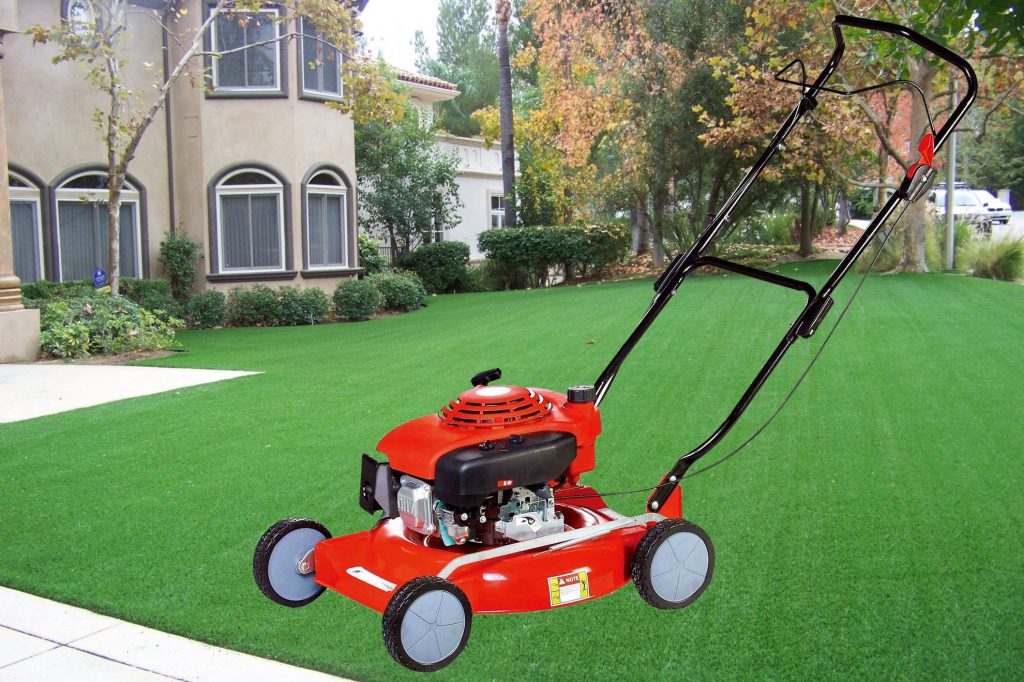
Small push lawn mower
This small lawn mower can be divided into five systems in terms of structure: 1. Power system; 2. Power transmission system; 3. Travel system; 4. Cutting system; 5. Operating system. Each system cooperates with each other to complete the machine’s self-propelled and mowing tasks.
Power system
From the current development status of this type of product, there are two main forms of power systems. One is the traditional conventional internal combustion power system represented by a small gasoline engine or diesel engine. The characteristics of this power system are: high power and long continuous working time, but its biggest disadvantage is high noise and vibration. Therefore, the products of this power system are suitable for places with low environmental requirements. The other is a new power system with batteries as the power source. The characteristics of this power system are: low working noise and stable operation. Its biggest disadvantage is low power, short continuous working time, frequent charging, and it is not suitable for working in places far away from the charging power source. First, let’s take a look at the traditional power system with gasoline and diesel engines as the power source. This type can choose a 5-7 horsepower diesel engine or a gasoline engine. The engine provides all the power for the machine to walk and mow the lawn. The engine is installed on the engine bracket below with screws. The main components of the engine are: fuel tank, water tank, combustion cylinder, there is a fuel tank cap on the fuel tank, after opening the fuel tank cap, there is a layer of filter inside, when adding fuel to the fuel tank through the filter, the debris in the oil can be filtered out. At the bottom of the fuel tank is the fuel tank switch. This is the open position, and this is the closed position. The fuel in the fuel tank is sent to the engine combustion cylinder through the oil pipe. There is a water tank cap and a water level buoy on the water tank. The higher the water level in the water tank, the higher the buoy position. The clean water in the water tank is mainly used to cool the engine. This machine uses a single engine, and the engine is started by hand using a handle. This is the air filter. The outside air enters the combustion cylinder through the air filter. This is the oil filling port, which is equipped with an oil dipstick to display the oil level. The oil is added from here. The oil is used to lubricate the engine. The throttle switch can control the size of the throttle with a pull cord. When the switch is in the uppermost position, the throttle is closed and the machine stops. When the switch is in the lowermost position, the throttle is at its maximum. There is an engine power output wheel on the other side of the engine. Remove the metal guard on one side to clearly see the power transmission system.
Power transmission
Two power transmission belts are installed on the power output wheel. The forward belt transmits power to the cutting system, which is called the cutting power belt. The backward belt transmits power to the walking system, which is called the walking power belt. The cutting power belt is connected to the cutting system through this rotating wheel. This is a belt pressure roller, which is connected to a pull-wire switch. When the pull-wire switch is tightened, the belt pressure roller presses the transmission belt and the engine power is transmitted to the cutting system. When the pull-wire switch is relaxed, the power transmission forward is cut off. There is also a belt pressure roller installed on the side of the walking power belt. The belt pressure roller is connected to a pull-wire switch. When the belt pressure roller is in this position, the belt is in a relaxed state and the engine power cannot be transmitted backward. Similarly, when the pull-wire switch is tightened, the belt pressure roller approaches and presses the power belt, thereby transmitting the engine power to the rotating wheel at the back. The gearbox is connected to this rotating wheel. This is the gearbox, which contains several sets of gear combinations. Through different combinations of gears, the engine speed and rotation direction are adjusted. For the gearbox, this rotating wheel is its power input. The gear combination inside the gearbox is completed by the gear lever. This is the power output shaft of the gearbox, which outputs power to the walking system.
Walking system
The walking system is composed of this pair of walking tires. The power output from the gearbox drives the tires to walk.
Mowing system
The power system transmits power to this rotating wheel through belt drive. The rotating wheel is connected to the cutting table part. The gear transmission box is installed in the cutting table. The circular cutting disc is connected below the cutting table. Three cutting knives are evenly installed on the cutting disc. Three cutting knives are evenly installed on the cutting table belt disc. The cutting table drives the circular cutting disc to rotate and cut at high speed. The cutting table is connected to the machine frame through these two connection points. The position of the upper connection can be changed. By changing the position of these two screws, the ground clearance of the cutting table can be adjusted appropriately to achieve the purpose of adjusting the height of the stubble. This is the cutting platform protection cover, which is connected to the frame. Its main function is to block the debris rolled up by the cutting knife during operation to avoid injuring the operator behind.
Operating system
Operating system, the above systems must be under the unified control of the operating system to complete various operations. The operating system is at the rear of the whole machine. All operations are completed on the transmission operating lever and the operating handle. The operating handle is not only the operator’s armrest, but also has various operating handles installed on it. Here is the connection hole between the handle and the machine, which is divided into three connection holes: high, medium and low. The operating handle can be adjusted appropriately according to the height of the operator. On this side of the operating handle, a gearbox clutch handle is installed. The bottom of the handle is connected to a metal pull wire, and the other end of the pull wire is connected to the gearbox belt pulley introduced earlier. Therefore, the gearbox clutch handle can control the power transmission to the gearbox.
The clutch handle of the cutting system is installed on the other side of the operating handle. Similarly, a metal pull wire is connected to the bottom of this clutch handle, and its other end is connected to the belt-pressing wheel introduced earlier. Similarly, when the clutch handle is in the front position, the pull wire is tightened, the belt-pressing wheel is close to the belt, the power is connected, and the power is transmitted to the cutting table part through the belt; when the clutch handle is in the rear position, the pull wire is loose, the belt-pressing wheel releases the power belt, and the power is disconnected, so this clutch handle can directly control the operation and stop of the cutting table.
This is the throttle control handle, which is also connected to the engine throttle through a metal pull wire. This throttle control handle has three position areas, namely the front, middle, and back, corresponding to these three areas on the throttle. When the handle is in the last position, the throttle is closed, and when the control handle is in the middle position, the throttle is moderate. Generally, when the engine is started, the handle is in the middle position, and when the handle is pushed forward, the throttle gradually increases. The larger the throttle, the stronger the power output of the engine. The position of the throttle handle can be adjusted at any time when walking and harvesting to obtain the required power.


